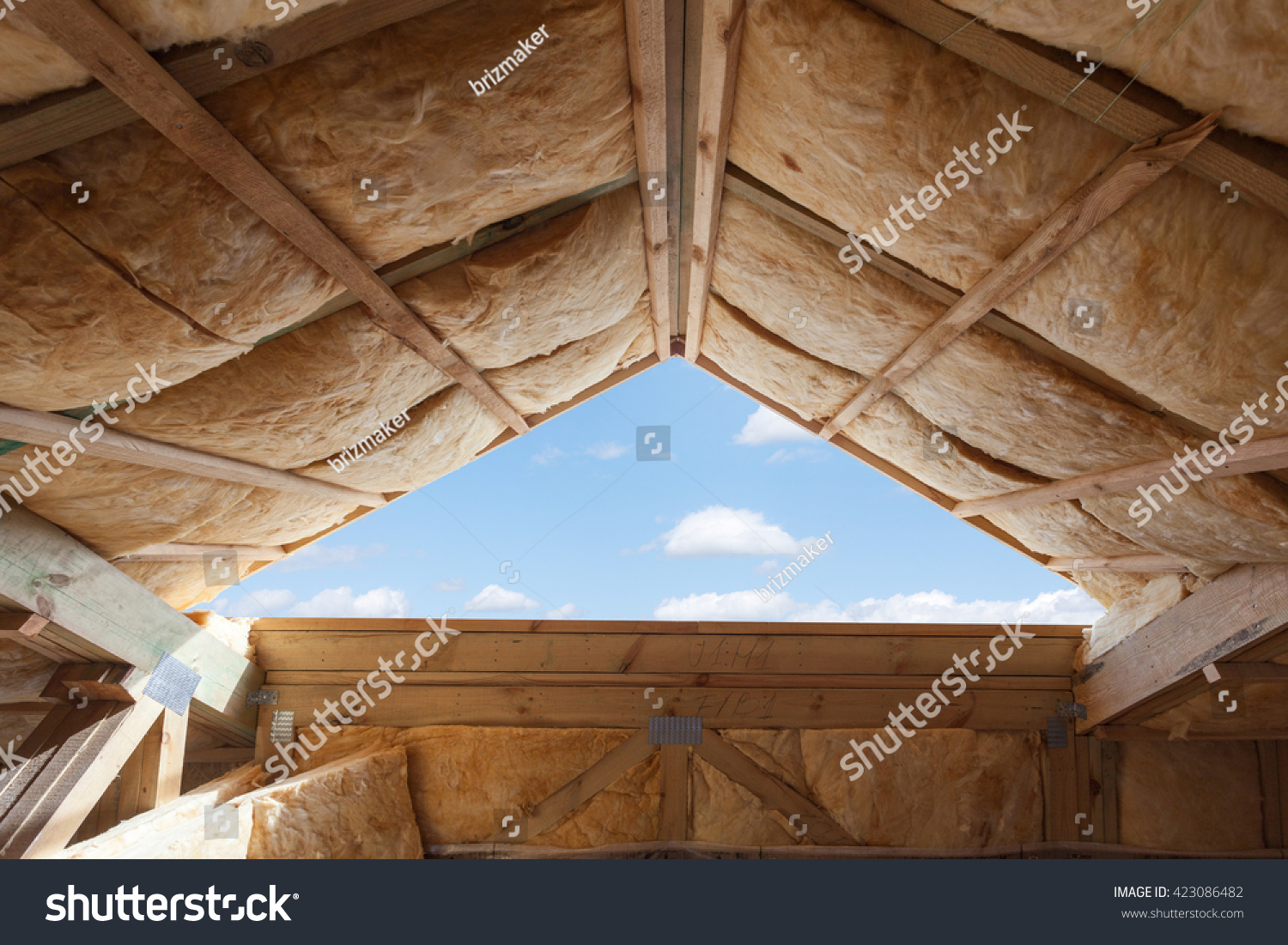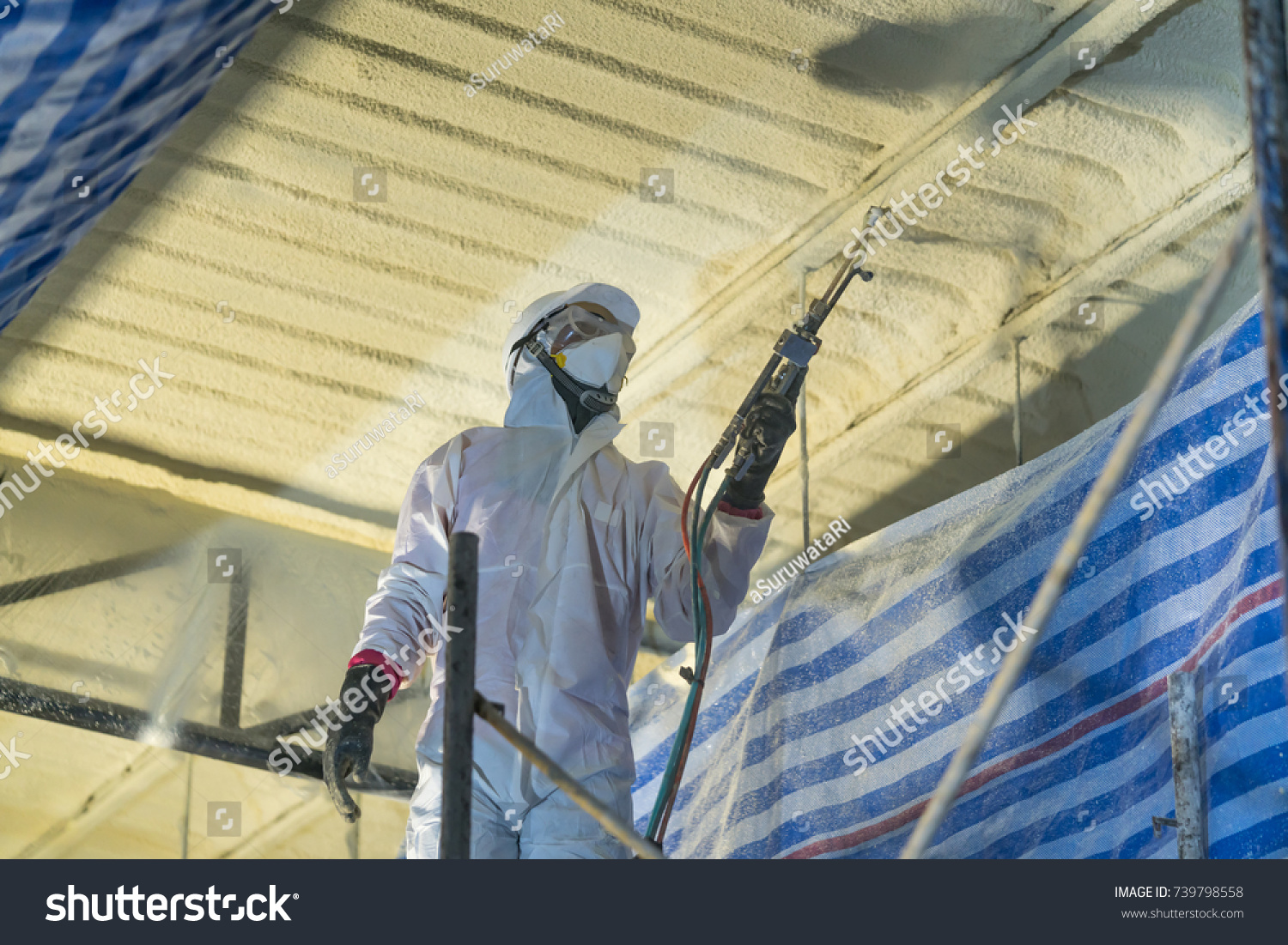Blown In Insulation Choosing the Right Type for Your Home

When it comes to insulating your home, blown-in insulation is a popular and effective option. It involves using a machine to blow loose insulation material into the spaces between your walls, floors, and ceiling. This creates a layer of insulation that helps regulate the temperature and reduce energy costs. However, not all blown-in insulation types are created equal.
Here are a number of factors to think about when choosing the right blown-in insulation for your home:
R-Value
The R-value measures the insulation's ability to resist heat flow. The higher the R-value, the more effective the insulation is at preventing heat transfer. When choosing blown-in insulation, you must consider the R-value of the material. Different materials have different R-values, so choosing one that matches your home's specific needs is essential.
- Fiberglass: Fiberglass is a popular choice for blown-in insulation. It comprises tiny glass fibers and has an R-value of around 2.2 to 2.7 per inch. This makes it an effective insulator. Fiberglass is also resistant to both fire and moisture, which makes it ideal for areas that are prone to these hazards.
- Cellulose: This kind of insulation is made of recycled paper products and has an R-value of around 3.2 to 3.8 per inch. This makes it a more effective insulator than fiberglass. Cellulose is also treated with fire retardants, making it a safe choice for your home. However, it's important to note that cellulose can absorb moisture, which can reduce its effectiveness over time.
- Mineral Wool: This is made from rock or slag and has an R-value of around 3.0 to 3.3 per inch. It's a good choice for homes that require insulation that can withstand high temperatures. Mineral wool is also resistant to fire, moisture, and pests. However, it can also be pricier than most other types of blown-in insulation.
Installation
The installation process for blown-in insulation can vary depending on the type of material used. Some materials require special equipment or techniques to install properly. Choosing a material that can be installed quickly and efficiently is important.
- Fiberglass: Fiberglass is one of the easiest types of blown-in insulation to install. It can be blown directly into the walls or ceiling using a special machine. The process is pretty fast and can be completed in a matter of hours. Fiberglass is also easy to remove if needed.
- Cellulose: Cellulose insulation requires a bit more effort to install. It has to be mixed with water and a special adhesive before it can be blown into the walls or ceiling. This process can take longer than fiberglass installation. However, cellulose can also be blown into wall cavities without removing the drywall.
- Mineral Wool: Mineral wool installation requires a bit more expertise. It must be cut to fit the space and installed carefully to ensure proper coverage. This can make installing it more time-consuming than fiberglass or cellulose.
Cost
The cost of blown-in insulation can vary depending on the material used and, of course, the size of your home. It's also important to consider the price when choosing the right kind of blown-in insulation for your home.
- Fiberglass: Fiberglass is the most affordable type of blown-in insulation. It typically costs between $0.50 to $1.50 per square foot. This makes it ideal for homeowners on a budget.
- Cellulose: Cellulose insulation is a bit more expensive than fiberglass. It typically costs between $1.00 to $1.50 per square foot. However, the additional cost is certainly worth it for homeowners who want a more effective insulator.
- Mineral Wool: Mineral wool is the most expensive type of blown-in insulation. It typically costs between $1.50 to $3.00 per square foot. That said, the added expense is worth it for homeowners who need an insulator that can withstand high temperatures and provide superior soundproofing.
Conclusion
Choosing the right type of blown-in insulation for your home is an important decision. It's essential to consider factors such as R-value, installation, and cost when making your choice. Fiberglass is the most affordable option, while cellulose provides better insulation. Mineral wool is the best choice for homeowners who need an insulator that can withstand high temperatures and provide superior soundproofing.
Ultimately, the best option for your home depends on your specific needs and budget. By choosing the right blown-in insulation, you can further improve your home's energy efficiency and reduce your energy costs.
Atlas Insulation is a top spray foam insulation company in Miami and South Florida, providing services for attics, homes, and businesses. Having been at the forefront of the industry for many years, our exceptional team guarantees that all installation and maintenance work is carried out in accordance with the required state regulations. By choosing Atlas Insulation, you can rest assured that there will be no uncertainties, expensive shortcuts, or incorrect installation techniques involved in the process. Ask us about our blown-in insulation services!
.png)





